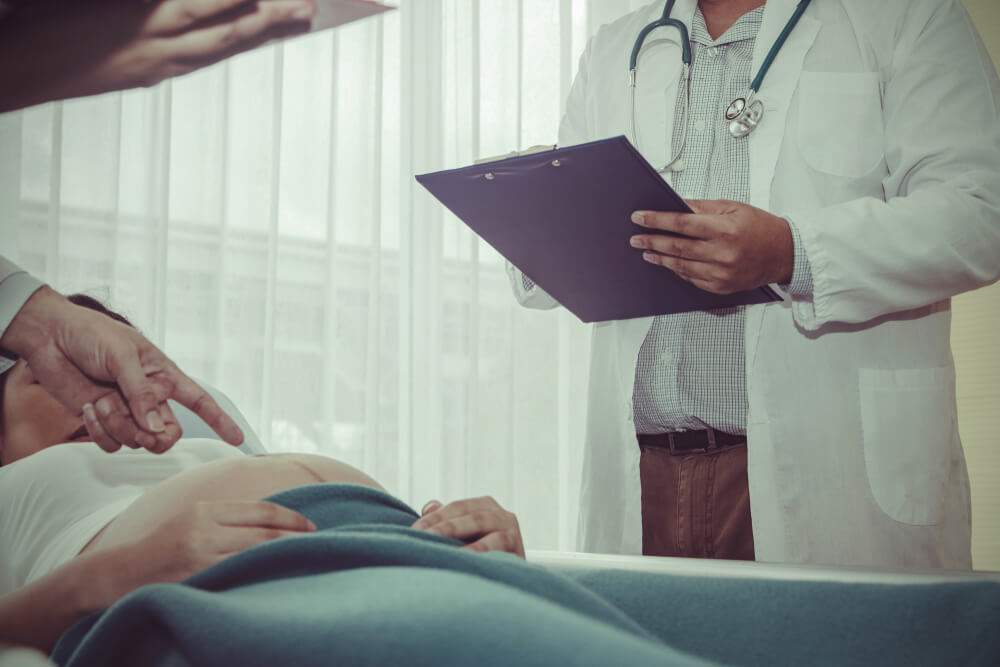
Whether it’s your decision to have a cesarean delivery, or your doctor insists on you having one for medical reasons, you must be aware of what comes after it. As a C-section involves 2 major incisions – abdominal and uterine – it entails a much longer healing process than a normal vaginal delivery. On top of that, post-procedure pain tends to worsen over time. If left unmanaged, your recovery will then go hand in hand with extreme discomfort. Plus, it’s all too common for women to experience nerve pain after cesarean deliveries, and it may also take longer to go away.
With all those far-from-pleasant postoperative effects, a C-section may be your only solution to deliver a healthy baby. And if you and your doctor think this procedure is the best way out for your little one, make no bones about it. Remember, successful childbirth is above all. Everything else that comes further down the road can be managed, and you will now learn how.
Nerve pain after a cesarean section and other effects to expect

Although women may experience it differently, there’s no denying that labor is associated with unbearable pain. What is worse is that it’s unlikely to go away even after giving birth. Because your body goes through a series of intense contractions during labor, you may feel abdominal pain for the next 5 to 6 weeks (or longer if complications occur). Do not disregard discomfort in your back, either. Carrying a baby inside for 9 months will have its toll on how you feel after everything is over, as well.
Do not take it the wrong way. Vaginal births also entail a range of unpleasant symptoms, including uterine discharge, tender breasts, and hormone-related hair loss. But surgical deliveries through incisions require more long-term after-cesarean-operation care because of:
- Post-op contractions
- Pain with urination
- Scars
- Mood swings
These are a sort of afterpain that feels much like menstrual cramps. Abdominal contractions often occur within the first week after a C-section.
Having trouble urinating is a common symptom after non-vaginal childbirth. If that’s your case, you need routine postoperative care after a cesarean section.
With the newest incision technologies, C-section scars are now less visible than they were before. That said, they still cause moms to feel down about their appearance.
Many find post-labor baby blues normal. But those women who have undergone C-deliveries report more frequent mood changes, which is why the right care is necessary.
Optimal pain management after a cesarean delivery

Traditionally, doctors recommend new moms to follow a one-size-fits-all postoperative care plan. It is all about having plenty of rest to let the body heal after a C-section, avoiding lifting heavy objects, and sticking to a healthy diet. But that is hardly helpful for your post-op abdominal and back pain. After talking to your healthcare provider about it, you may be prescribed some medications to ease the symptoms. However, taking Ibuprofen is not the only (and not the most effective) way to get pain relief after cesarean procedures.
If you don’t want to take pain relievers and are concerned about their effects on your milk supply, at-home PEMF therapy may be your best bet. When used properly and directed accurately, electromagnetic fields can provide you with partial to complete pain relief after a cesarean section. The idea lies in increasing blood oxygen levels and drug-free stimulation of the healing process.
Numerous studies have been carried out over the last years to determine the effects of this therapy. After a series of PEMF sessions, those women who have delivered their babies through incisions report significant relief of post-op contractions and swelling. The regular use of electromagnetic stimulation is also said to reduce scarring and help with postpartum depression, making mood swings less frequent. More importantly, PEMF therapy can be used instead of medications, and it doesn’t interfere with breastfeeding.
What to do to receive PEMF therapy?
Unlike traditional therapy modalities, PEMF doesn’t require you to stay in the hospital for weeks on end. You can use a specially designed device at home and without your doctor’s supervision. However, you better consult him or her to find out whether you’re a perfect candidate or not.
Of all ALMAGIA International® PEMF devices, Almag-01 is the best for women who seek pain relief after cesarean deliveries. It can be applied to minimize post-op contractions, speed up wound healing, contribute to your overall well-being, and more. Or you can also order Almag+ that comes with 3 operation modes for enhanced relieving effects!
